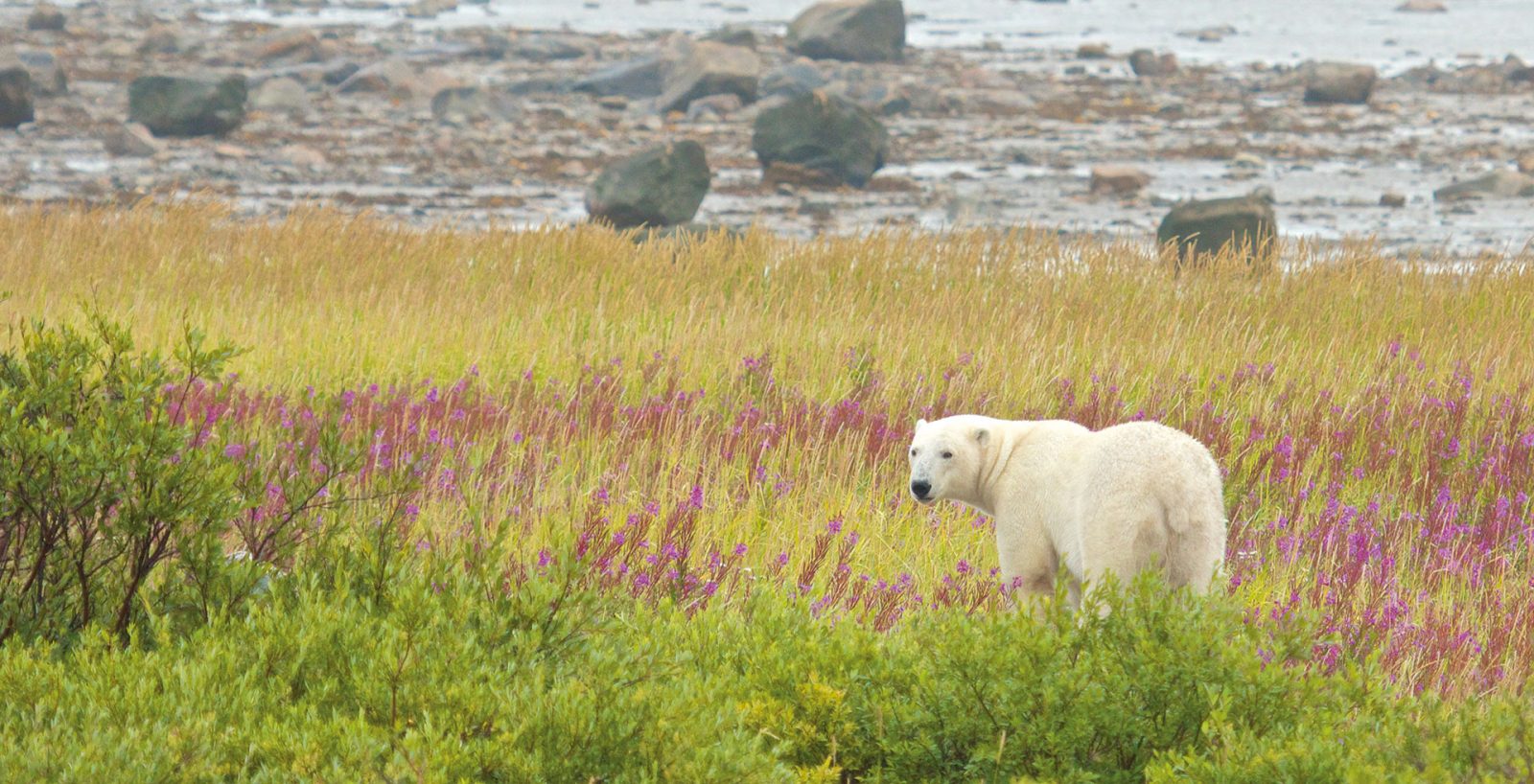[cs_content][cs_section parallax=”false” style=”margin: 0px;padding: 0px 0px 45px;”][cs_row inner_container=”false” marginless_columns=”false” style=”margin: 0px auto;padding: 0px;”][cs_column fade=”false” fade_animation=”in” fade_animation_offset=”45px” fade_duration=”750″ type=”1/1″ style=”padding: 0px;”][cs_text]
A pair of critically endangered Amur leopard cubs are taking their first tiny steps in public today but their progress is huge leap for their endangered species. The leopards were born in June at Leopard Heights in the award-winning Yorkshire Wildlife Park as part of a crucial international conservation project.
Amur leopards are one of the most threatened species on the planet. Only 70 of the majestic animals survive in the wild in the Far East of Russia and China and the fight to rebuild their numbers has been painstaking. The cubs and their parents, Drake and Freya, could be critical in an international plan to reintroduce them back into the native habitat in a remote region of the far east of Russia.
[/cs_text][/cs_column][/cs_row][cs_row inner_container=”false” marginless_columns=”false” style=”margin: 0px auto;padding: 0px;”][cs_column fade=”false” fade_animation=”in” fade_animation_offset=”45px” fade_duration=”750″ type=”1/1″ style=”padding: 0px;”][x_blockquote cite=”Simon Marsh, Animal Collection Manager” type=”left”]“There has been a huge international effort to secure the future of this species and the two cubs are part of an exciting programme working towards re-introducing them to the wild,” said Simon Marsh, Animal Collection Manager at the park, in Branton near Doncaster. “Conservation and welfare is at the heart of everything we do here so this is painstaking work but with a potentially incredible outcome.”[/x_blockquote][/cs_column][/cs_row][cs_row inner_container=”false” marginless_columns=”false” style=”margin: 0px auto;padding: 0px;”][cs_column fade=”false” fade_animation=”in” fade_animation_offset=”45px” fade_duration=”750″ type=”1/1″ style=”padding: 0px;”][cs_text]
The young male leopards have just had all their vaccinations and are strong enough to appear in public. “I’m sure visitors will be delighted to see them,” said Mr Marsh. “We are working so hard to make sure the Amur Leopard can prosper in the wild and that we can make a real contribution to save a species that is on the edge of extinction.”
Amur Leopard numbers dwindled because of disappearing habitat and poaching but conditions have stabilised and the Amur Tiger and Leopard Alliance (ALTA) recently announced plans for a re-introduction in the Lazovsky Nature Reserve in Southern Sikhote Alin, an area where leopards disappeared approximately 30 years ago.
Improved conservation efforts in Russia and China combined with an increase in the leopards’ traditional prey of sika deer has provided confidence that a new population numbers could rise over the next 15 years.
The YWP Amur Leopard reserve, Leopard Heights, won the BIAZA award for Significant Advances in Animal Husbandry and Welfare in 2013. The innovative three reserve layout was specifically designed as a breeding centre for these critically endangered cats, with the nursery area out of sight from visitors to give the young cubs and their mother peace and quiet for the first few months of their lives. The cubs are now feisty and starting to explore their reserve and are ready to move into the next area which has a smaller version of the climbing frame that is a feature of the main reserve where their father Drake can be seen.
Visitors to YWP have played a crucial part in the programme as the Amur Leopard and Tiger Alliance is one of the charities supported by the WildLife Foundation.
[/cs_text][/cs_column][/cs_row][cs_row inner_container=”true” marginless_columns=”false” style=”margin: 0px auto;padding: 0px;”][cs_column fade=”false” fade_animation=”in” fade_animation_offset=”45px” fade_duration=”750″ type=”1/1″ style=”padding: 0px;”][x_share title=”Find this post interesting? Share it with friends:” share_title=”” facebook=”true” twitter=”true” google_plus=”true” linkedin=”true” pinterest=”true” reddit=”false” email=”true” email_subject=”Hey, thought you might enjoy this! Check it out when you have a chance:”][/cs_column][/cs_row][/cs_section][/cs_content]











